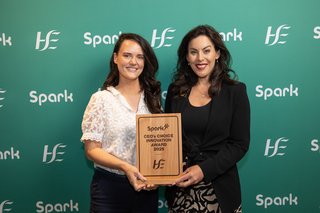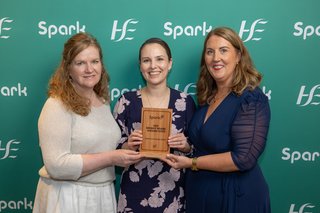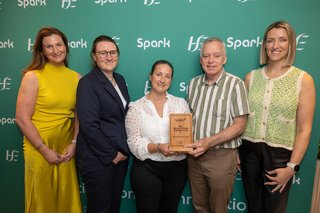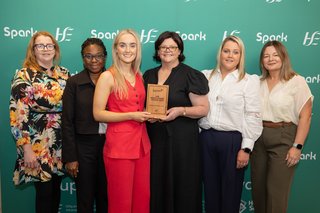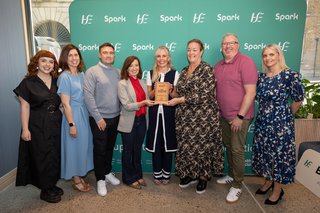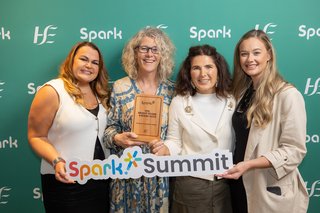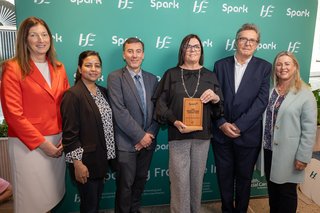Every year our National Innovation Awards, the HSE Bright Spark Awards, celebrate and acknowledge projects that enhance patient care and service delivery in Ireland. Each year, the worthy recipients are honoured at Spark Summit, our annual innovation conference.
In addition, HSE CEO Bernard Gloster chose 2 more projects to receive the prestigious CEO's Choice Innovation Award.
